
AI Chips: The Hardware Powering the Latest AI Revolution
A look at the specialized processors driving AI forward.

Zero Logic Space
AI & Machine Learning Hub
Latest AI News & Trends
SHARE
AI Chips: The Hardware Powering the Latest AI Revolution
The Silicon Backbone of Intelligent Machines
Introduction
Behind the incredible strides we're seeing in artificial intelligence – from powerful large language models to sophisticated autonomous systems – lies a crucial, often unsung hero: the AI chip. These specialized pieces of silicon are specifically designed to handle the immense computational demands of modern AI workloads, pushing the boundaries of what intelligent machines can do. Unlike traditional processors, AI chips are optimized for the parallel processing and complex calculations inherent in training and running AI algorithms. This blog post will dive into the world of AI hardware, exploring what makes these chips different, the various types driving AI capabilities, the key players in this competitive market, and why these powerful processors are the fundamental building blocks of the ongoing AI revolution.
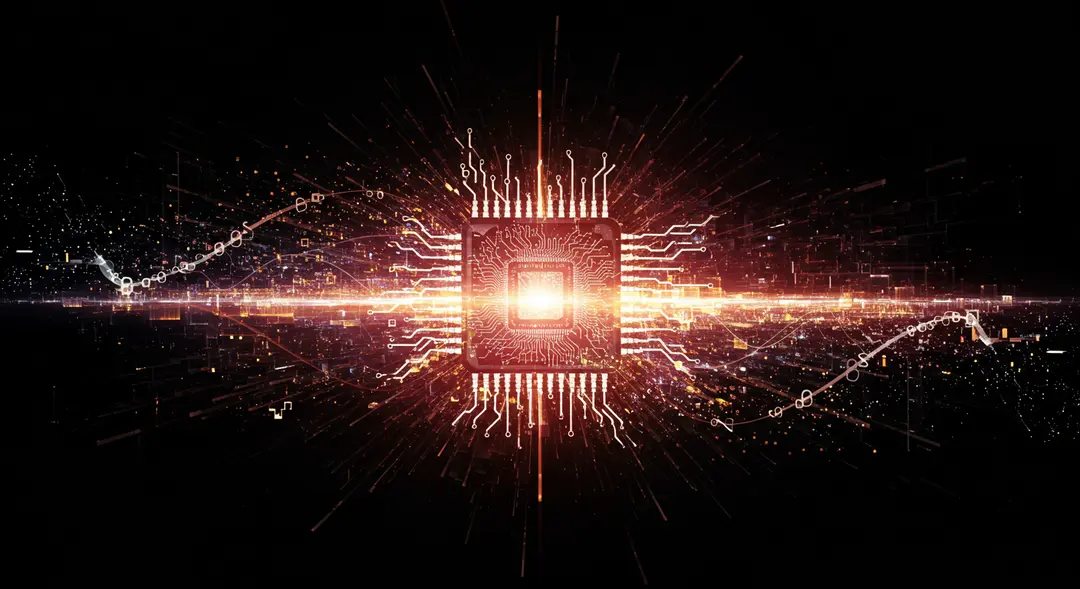
Beyond Traditional Processors: The Need for Specialization
For decades, Central Processing Units (CPUs) were the workhorses of computing. While versatile, their architecture is optimized for sequential task processing. Modern AI, particularly deep learning, relies heavily on performing vast numbers of parallel calculations simultaneously (like the matrix multiplications in neural networks). Traditional CPUs are simply not efficient enough for these workloads. AI chips, however, are purpose-built or heavily optimized for parallel processing, high-speed data transfer, and energy efficiency when running AI tasks. This specialization is what enables the speed and scale of today's most advanced AI applications, allowing for faster training of complex models and rapid inference in real-time applications.
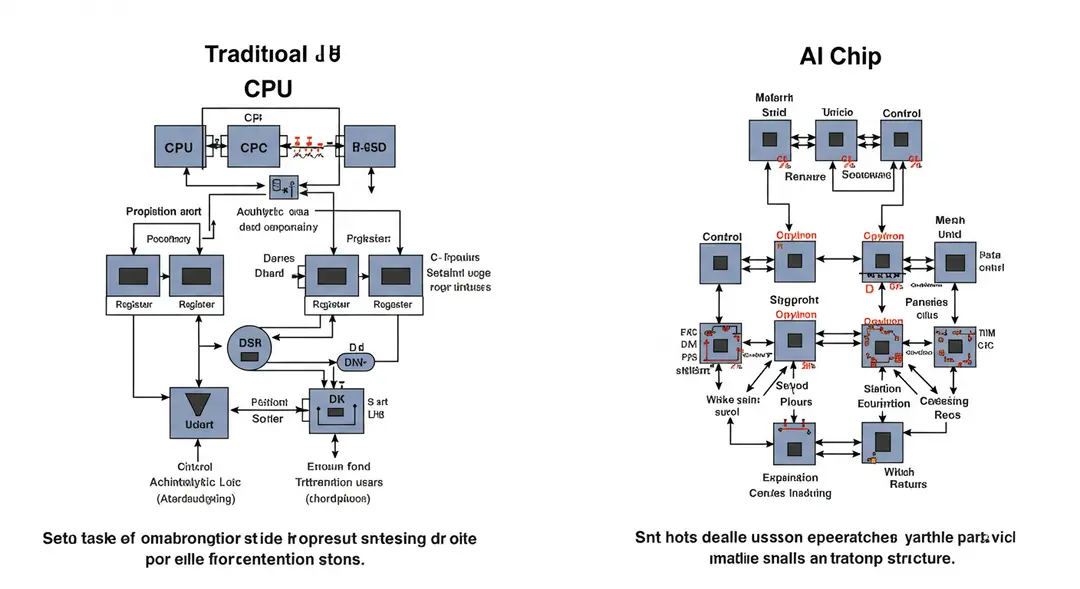
Types of AI Processors: GPUs, ASICs, and FPGAs
The landscape of AI chips is diverse, with different types of processors tailored for various AI workloads:
Graphics Processing Units (GPUs): Originally designed for rendering graphics in video games, GPUs are highly effective at parallel processing, making them excellent for training deep learning models on large datasets. They were among the first processors adapted for AI and remain dominant in the training phase.
Application-Specific Integrated Circuits (ASICs): These are custom-designed chips built for a very specific AI task (e.g., inference in a particular type of neural network). ASICs offer extremely high performance and energy efficiency for their intended purpose but lack the flexibility of GPUs or FPGAs. Google's Tensor Processing Units (TPUs) are a well-known example.
Field-Programmable Gate Arrays (FPGAs): FPGAs offer a balance of performance and flexibility. They can be reprogrammed after manufacturing to accelerate specific AI algorithms. While generally less performant than ASICs for a dedicated task, their reconfigurability makes them suitable for rapidly evolving AI applications or workloads that require customization.
Each type plays a vital role in the AI ecosystem, from the data center to edge devices.
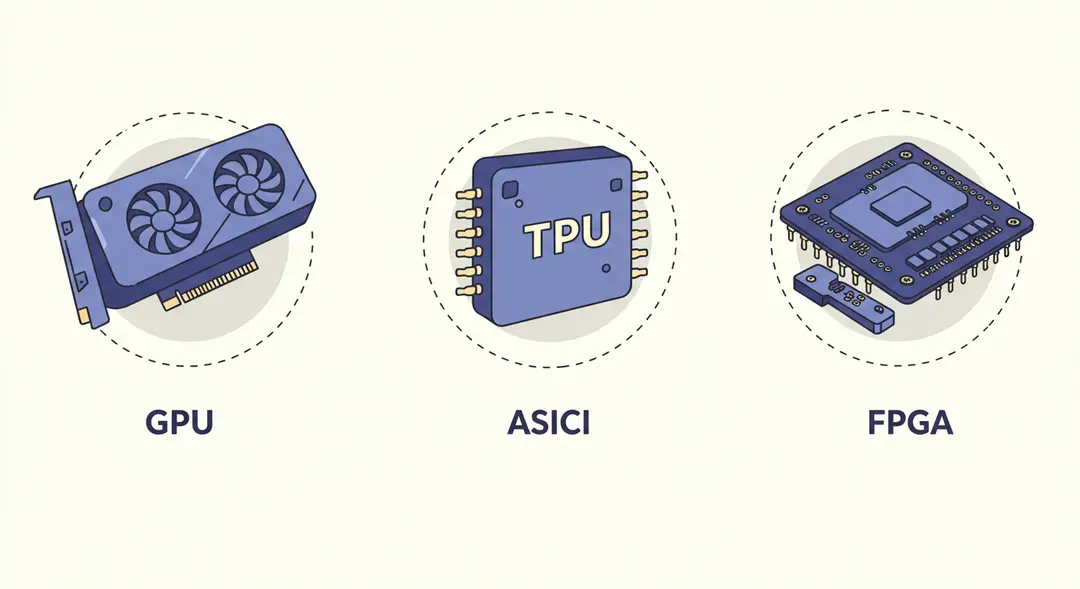
The Arms Race in Silicon: Key Players and Innovations
The surging demand for AI capabilities has ignited an intense competition among semiconductor companies to design and manufacture the most powerful and efficient AI chips. Giants like NVIDIA, historically dominant in GPUs, continue to push boundaries with new architectures specifically optimized for AI and generative AI workloads. Companies like Intel and AMD are heavily investing in their AI chip offerings, challenging NVIDIA's market share. Tech behemoths like Google, Amazon, and Microsoft are designing their own custom AI silicon (like TPUs, Inferentia, and Trainium) to power their cloud AI services. Beyond these major players, numerous startups are innovating in specialized areas like neuromorphic computing (chips inspired by the human brain) and in-memory computing, hinting at future directions for AI hardware.

Powering the Revolution: How AI Chips Enable Capabilities
The performance of AI chips directly correlates with the sophistication and capability of the AI systems they power. More powerful chips allow for the training of larger, more complex models, leading to breakthroughs in areas like natural language understanding, computer vision, and generative AI. They also enable AI to be deployed more effectively at the "edge" – on devices like smartphones, autonomous vehicles, and IoT devices – allowing for real-time processing without constant communication with the cloud, improving speed, privacy, and efficiency. As AI algorithms become more intricate and data volumes continue to grow, the relentless innovation in AI chip technology is fundamental to unlocking the next wave of AI advancements and applications across all industries.
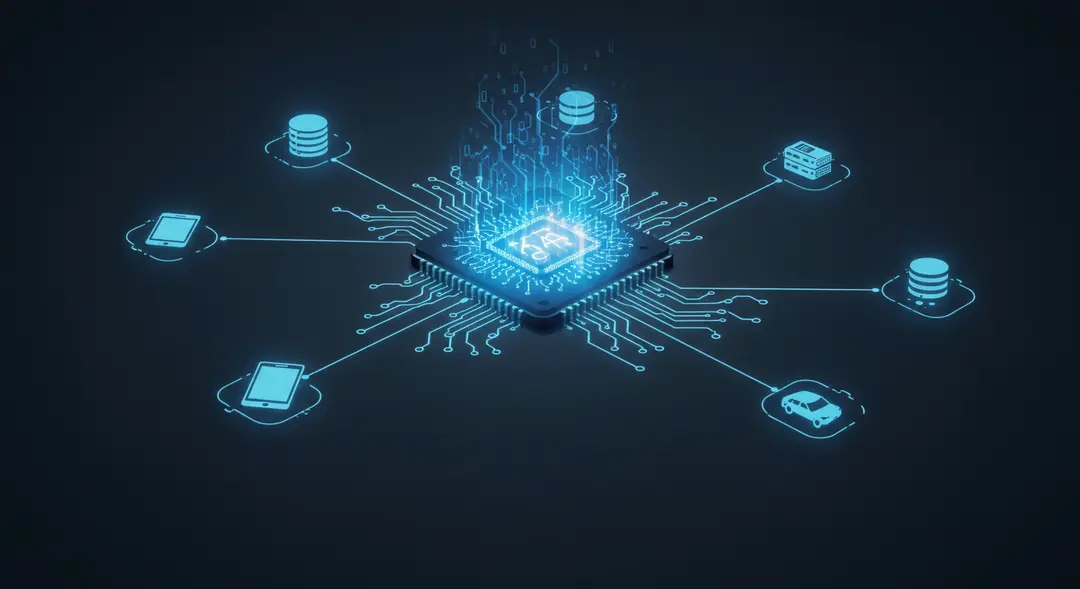
Conclusion
AI chips are the indispensable foundation of the current artificial intelligence revolution. By providing the specialized computational power needed to train and deploy complex AI models, these processors are enabling breakthroughs and driving the widespread adoption of AI across industries. The competitive landscape is fueling rapid innovation, leading to more powerful, efficient, and specialized hardware. As AI continues to evolve and integrate further into our lives, the development of advanced AI chips will remain critical to unlocking new possibilities and shaping the future of intelligent technology. What do you believe will be the next major breakthrough in AI chip technology?
Leave a Comment
Your email address will not be published.
4 Comments
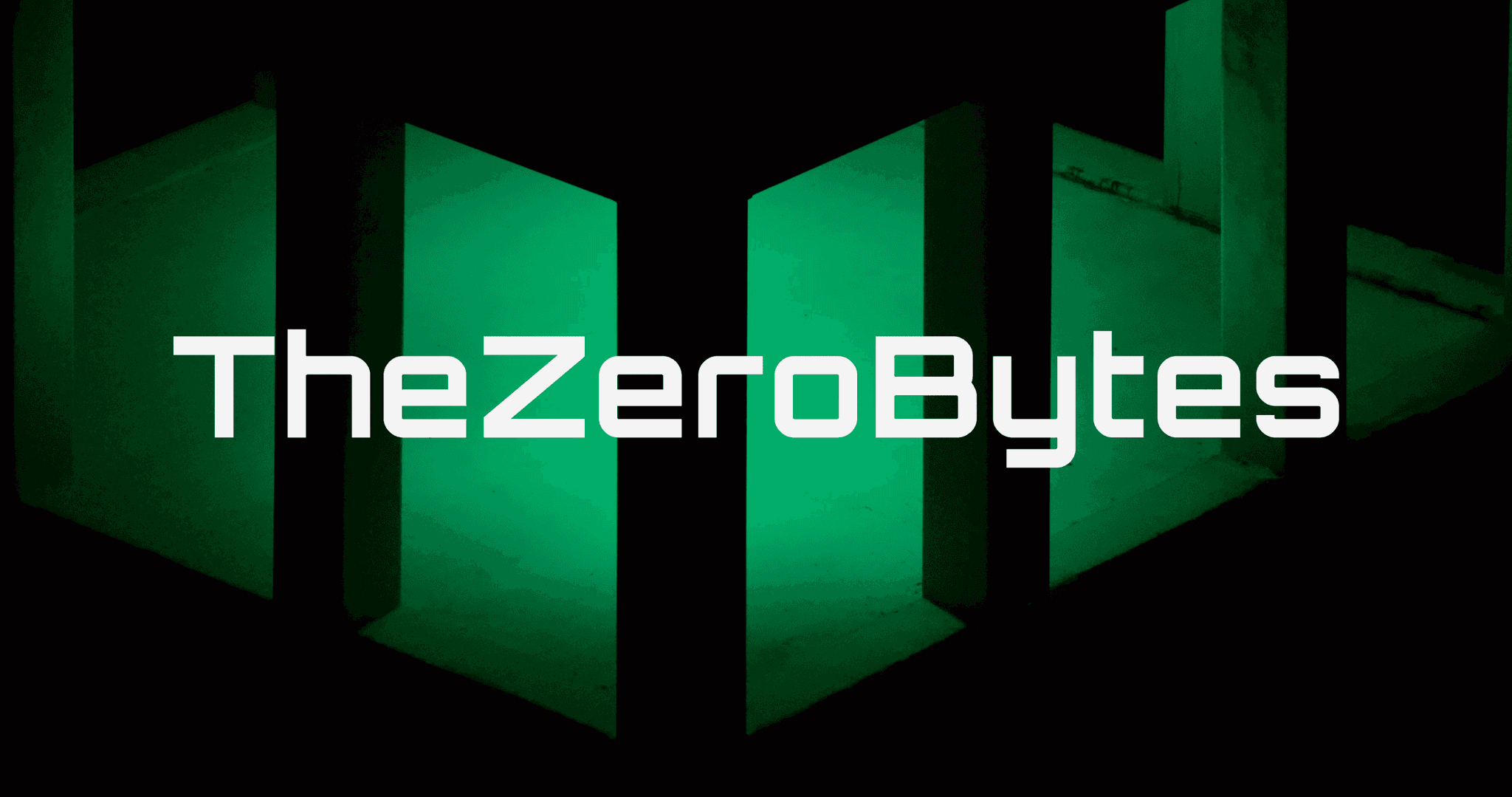
Williams Thompson
May 3, 2025
Drones are getting so smart these days, I'm starting to feel like mine’s judging my driving from the sky. On a serious note though, amazing to see how far drone tech has come. Next stop: drone pizza delivery, I hope!

Williams Thompson
May 3, 2025
Drones are getting so smart these days, I'm starting to feel like mine’s judging my driving from the sky. On a serious note though, amazing to see how far drone tech has come. Next stop: drone pizza delivery, I hope!

Williams Thompson
May 3, 2025
Drones are getting so smart these days, I'm starting to feel like mine’s judging my driving from the sky. On a serious note though, amazing to see how far drone tech has come. Next stop: drone pizza delivery, I hope!

Williams Thompson
May 3, 2025
Drones are getting so smart these days, I'm starting to feel like mine’s judging my driving from the sky. On a serious note though, amazing to see how far drone tech has come. Next stop: drone pizza delivery, I hope!
Explore More Categories
You May Also Like
Explore More Sub-Categories



















